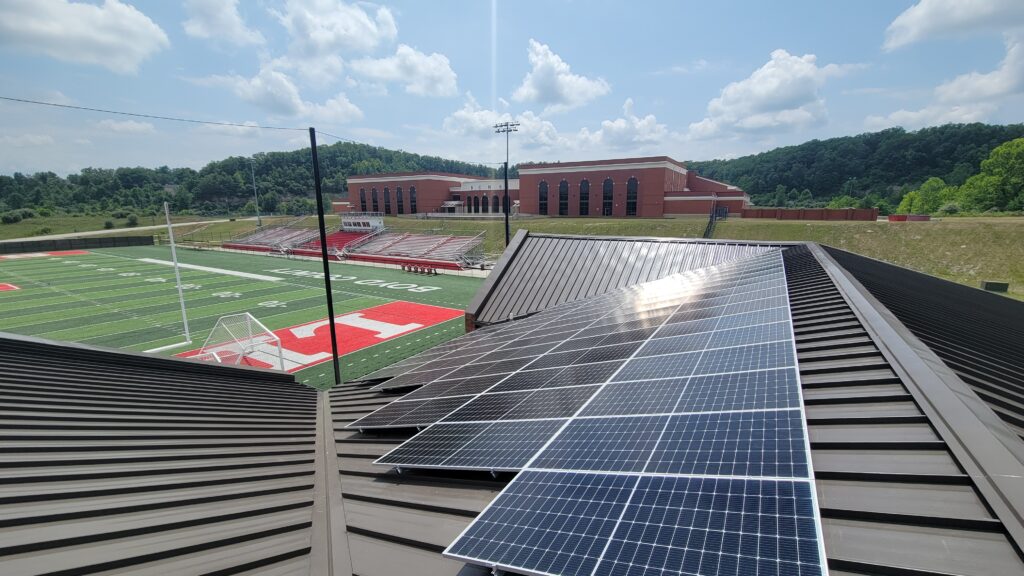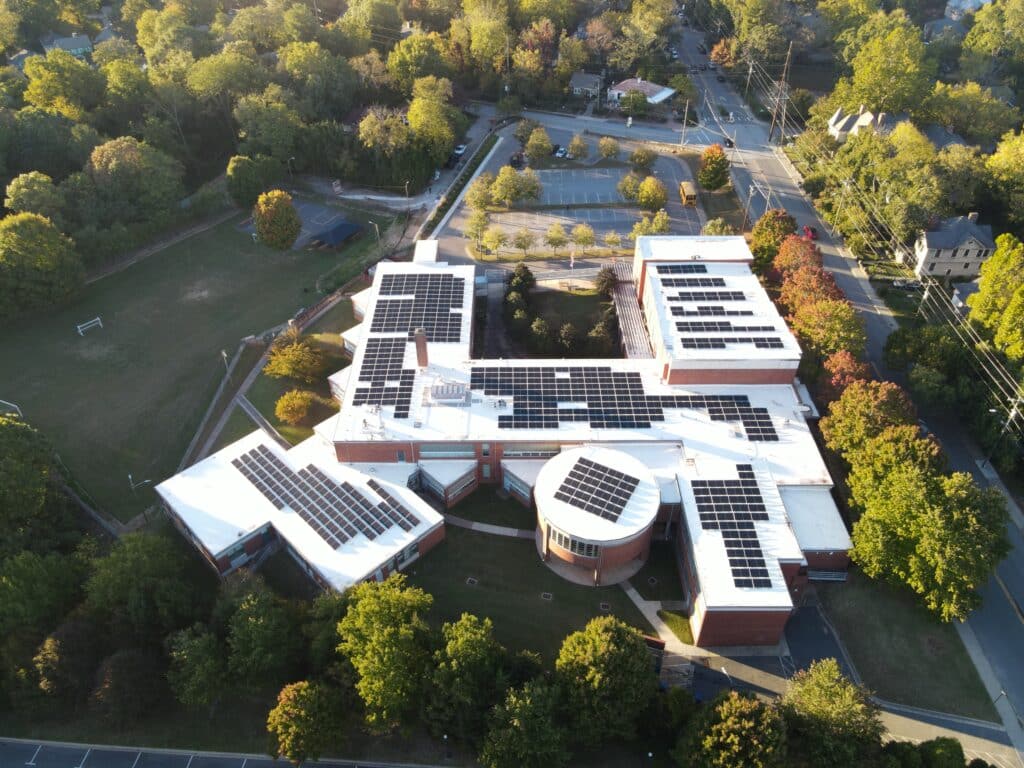Every July 4th, the smell of burgers grilling, sound of firecrackers bursting, and sight of sparklers sizzling remind us of the freedom we enjoy here in America.
As we clean up from the cookout and get ready for the second half of summer, another type of liberty is on people’s minds—energy independence.
Across the country, Americans are cranking up the AC and turning on fans to contend with climate change-caused sweltering conditions. Despite falling about 1% in 2020 due to the impacts of the Covid-19 pandemic, global energy consumption is set to grow 4% in 2022 driven by urbanization and increased access to electricity.
To meet this demand, America still depends on foreign oil, which keeps us vulnerable to international crises and tied to dictators who don’t share our values.
We need a new framework for energy independence—an electrified economy powered by locally-produced wind and solar, freeing us from contributing to the problem we’re trying to solve.
What does ‘energy independence’ actually mean?
Energy independence has been relegated to a buzzword, with people choosing to define the phrase in ways that support their arguments. The simplest definition is when a country produces more energy than it consumes.
Even though America technically produces enough oil to meet its needs, it would be inefficient to base all of our consumption solely on domestic production. Foreign oil is often cheaper to get out of the ground, for a variety of reasons. Also, American-drilled oil tends to be light and sweet, so heavier foreign oil needs to be imported for industries that require that type. Pivoting to the growing demand for wind and solar energy would also lessen our reliance on importing heavy crude.
True energy independence in the US would mean freedom from foreign oil producers and insulation against unpredictable price shocks. The key here isn’t to produce more domestic oil to fill the gap—it’s to transition to a clean energy-based economy that would sever our reliance on foreign oil producers who don’t share our interest in creating a healthier future for everyone.
Benefits of renewables-based energy independence
Besides the obvious environmental value of being carbon-free, wind and solar energy are abundant and don’t require harmful drilling.
Anchored by these two sources, renewables can set the foundation for true energy independence in America—the kind where energy is produced where it is used and needed, not shipped from halfway across the globe.
Unlike most issues of our time, this one appeals to both sides of the aisle. The left has been a long-time advocate for the climate-friendly aspects of wind and solar, while conservative states are beginning to embrace, and even lead the way, in adopting these technologies. Texas, long associated with oil production, has by far the most clean power installations in the country – with more growth forecasted. Other agriculture-heavy, Midwestern states like Iowa and Oklahoma are building wind farms at a breakneck pace.
Residents across the Great Plains are finding that wind farms produce just as many, if not more, jobs than fossil fuel power plants. Farmers also enjoy the security that leasing turbines on their fields provides—in a bad crop year, profits from generated wind energy can offset losses. Utility companies see wind electricity costs dropping, unlike those of coal and natural gas, and are investing accordingly.
Whether or not climate change is the reason for renewable energy adoption is beside the point. In the long term, it would be good for the planet if most of society were conscious of and concerned about climate change. Today, the most important thing is that the energy transition happens and it happens fast, regardless of the rationale behind it.
Plus, many Americans are already pursuing energy independence. More than 2.7 million households are generating their own power through a rooftop solar system to meet their energy needs, many of which are using that clean energy to charge their electric cars. By pairing solar with a battery storage system, you can use the excess energy generated from the solar panels during the day stored in the battery, freeing you from relying on the grid. Many hospitals and schools already leverage solar + battery storage to enhance their resiliency during power outages or in the midst of natural disasters when the power grid goes down.
Politics play a central role in the transition
In the interest of advancing the renewable energy movement, President Biden recently invoked the Defense Production Act (DPA) to spur domestic manufacturing in various types of clean energy. While this legislation is by no means a catch-all, it does send the right signals to industry and funds projects that are working towards a clean energy economy.
The administration has many reasons beyond climate change to build a robust American energy sector.
First of all, safeguarding a reliable supply of oil is really expensive. The U.S. government spends an estimated $81 billion per year protecting oil supplies around the globe to ensure that American gas stations are always stocked. This astronomical sum doesn’t even include the war in Iraq, which many believe was waged at least in part due to fear of a global energy crisis.
Aside from the expense, foreign oil interests hamper countries’ ability to intervene in unjust government systems abroad due to a fear of trade retaliation. European countries recently found themselves in this precarious position. Russia supplies more than a third of Europe’s gas, leaving European Union members with a bleak choice—either ban Russian oil imports and send gas prices through the roof, or continue to buy Russian gas and indirectly fund their war effort against Ukraine.
If these countries work to meet most of their energy demand with locally-produced renewables, they can avoid similar predicaments in the future. Energy independence creates multiple political wins, including freedom from trade retaliation and built-in domestic energy security.
Let’s celebrate a new kind of independence
Nearly all Americans agree that less dependence on foreign actors for our energy needs is a good thing. The divergence comes from how that independence can be realized—some argue that more domestic fossil fuel production will get us there, but oil prices are still determined by global markets.
Long-term, sustainable energy independence should be built around local power generation, primarily from wind and solar. The closer we get to this goal, the more resilient we become as a country.
So what can you do to celebrate? Take energy independence into your own hands. Pursue your own renewable energy sources by going solar—or contact your elected officials to push them toward state and federal energy independence. We all can step up to help us achieve a clean energy future.















